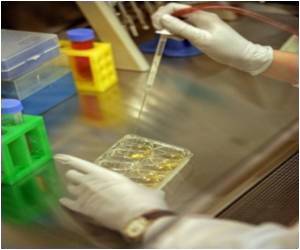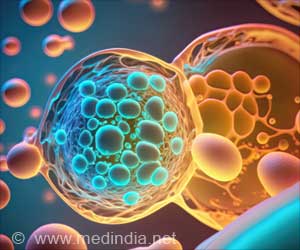Bacteria injected into blood stream could sound an 'alarm' to nanobots in the body so that they sense tumour cells and release anticancer drugs to fight them, scientists have said.

Each nanobot would contain bacteria inscribed with every message that could be needed.
Upon encountering a tumour, the nanobot would release the correctly encoded bacteria. These would then swim towards other nanobots, attracted by the nutrients stored there.
Once there, the encoded DNA sequence binds with chemical receptors and its message - telling it where to swarm or to release its drugs - is acted upon.
In a computer simulation, the pair found bacteria that had flagella took about 6 minutes to traverse a distance of 1 millimetre from a transmitting to a receiving nanobot.
"That's a bandwidth of 1.7 kilobits per second. It's not high, but for the biomedical applications we envisage it should be [fast] enough," New Scientist quoted Llatser as saying.
Advertisement
"These are just simulation results. Everything is possible in simulation," said Andrew Adamatzky of the unconventional computing department at the University of the West of England in Bristol, UK.
Advertisement
The study appears in the journal Computer Networks.
Source-ANI











